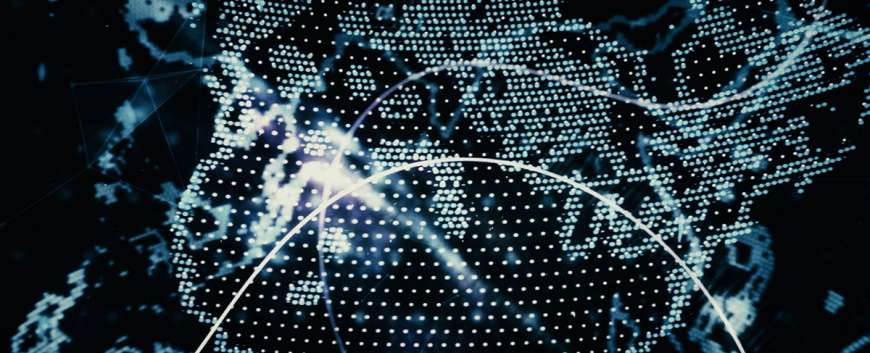The Submerged Part of the AI-Ceberg
Top Reasons to Join SPS Today!
1. IEEE Signal Processing Magazine
2. Signal Processing Digital Library*
3. Inside Signal Processing Newsletter
4. SPS Resource Center
5. Career advancement & recognition
6. Discounts on conferences and publications
7. Professional networking
8. Communities for students, young professionals, and women
9. Volunteer opportunities
10. Coming soon! PDH/CEU credits
Click here to learn more.
The Submerged Part of the AI-Ceberg
This article discusses the contradiction between the exploding energy demand of artificial intelligence (AI) and the information and communication (ICT) industry as a whole and the parallel strong request for energy sobriety imposed by the need to mitigate the impact of climate change and the anticipated collapse of civilization as we know it. Under the form of an open reflection on the goods and evils of AI, the article raises the suggestion of a drastic change in the AI paradigm, more in phase with the vital obligation to design a more resilient society.
Deep learning: The new Eldorado?
Over the past decade, the considerable growth of the digital world, propelled by AI, has had spectacular effects in a few scientific fields, such as computer vision and natural language processing, and given rise to many new technologies and consumer products. Today, this development even claims to revolutionize many other areas of our society. This revolution indeed concerns many aspects of our lives: we (and humanity as a whole) are promised a bright future with more well-being and comfort, a future made of autonomous vehicles, sophisticated human–machine interfaces, humanoid robots for home help, smart robots for agriculture, and virtual visits to all the museums of the world with a few clicks, to name only a few [1], [2].
Deep neural network learning is at the forefront of this development and has spread rapidly, far beyond the confidential fields of its beginnings. In a matter of 10 years, this specific computer science tool—theorized as early as the 1980s [3]—has reached all levels of society: in companies, institutions, research laboratories, in virtually all engineering disciplines as well as life sciences. Easy to use as a black box thanks to an important software development effort—multiple “plug-and-play” solutions have been developed for engineers (and not only computer science experts), such as the popular TensorFlow library [4], [5]—deep learning has effectively replaced “conventional” tools (particularly in computer vision and natural language processing), imposing a form of radical monopoly on scientific domains. The radical monopoly of a tool is understood in the sense defined by Illich [34]: it alters the normative system of knowledge generation and sharing. Calls for projects, dedicated conferences, and job offers in data science and deep learning have recently soared and substituted most nondeep learning alternatives.
SPS Social Media
- IEEE SPS Facebook Page https://www.facebook.com/ieeeSPS
- IEEE SPS X Page https://x.com/IEEEsps
- IEEE SPS Instagram Page https://www.instagram.com/ieeesps/?hl=en
- IEEE SPS LinkedIn Page https://www.linkedin.com/company/ieeesps/
- IEEE SPS YouTube Channel https://www.youtube.com/ieeeSPS













